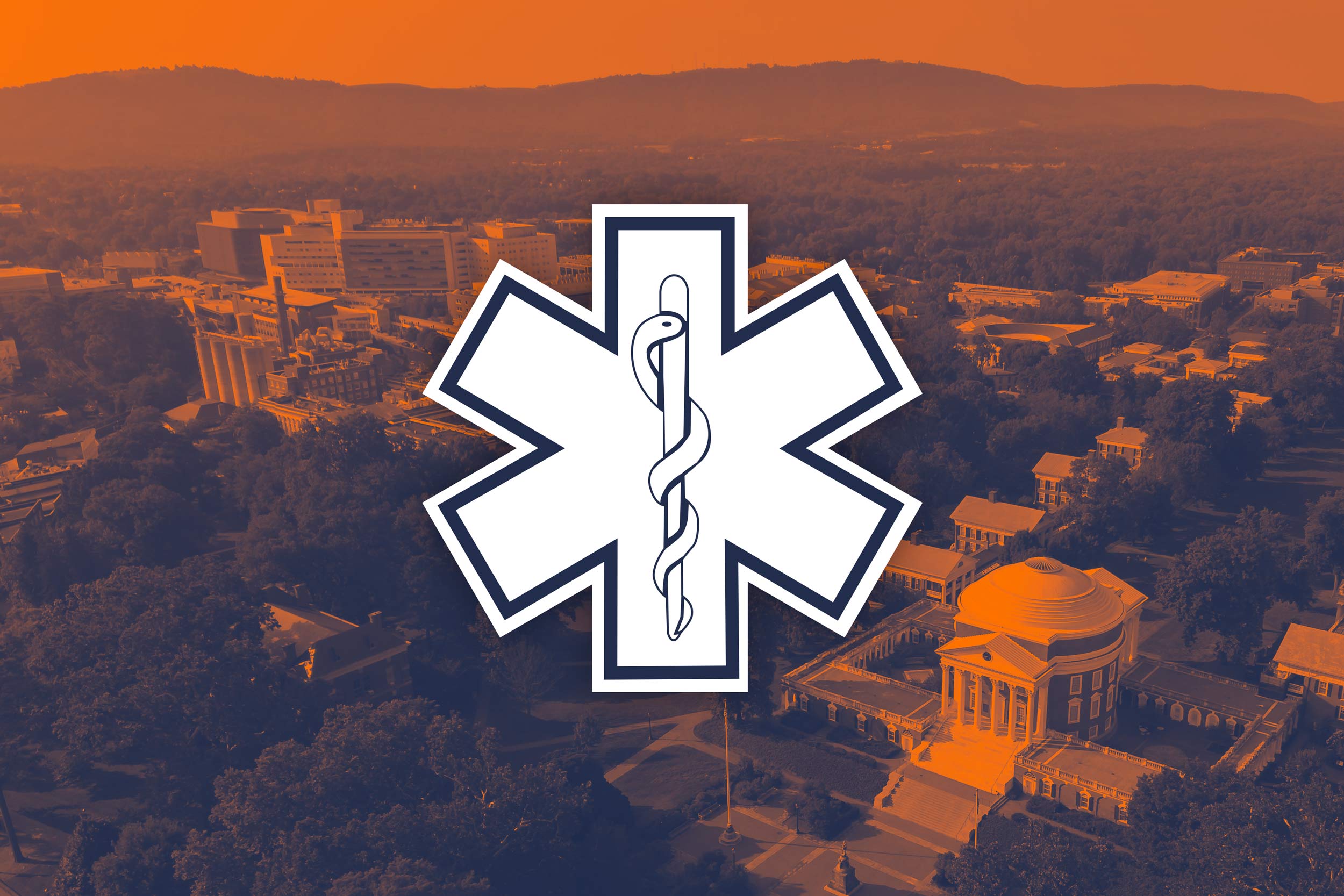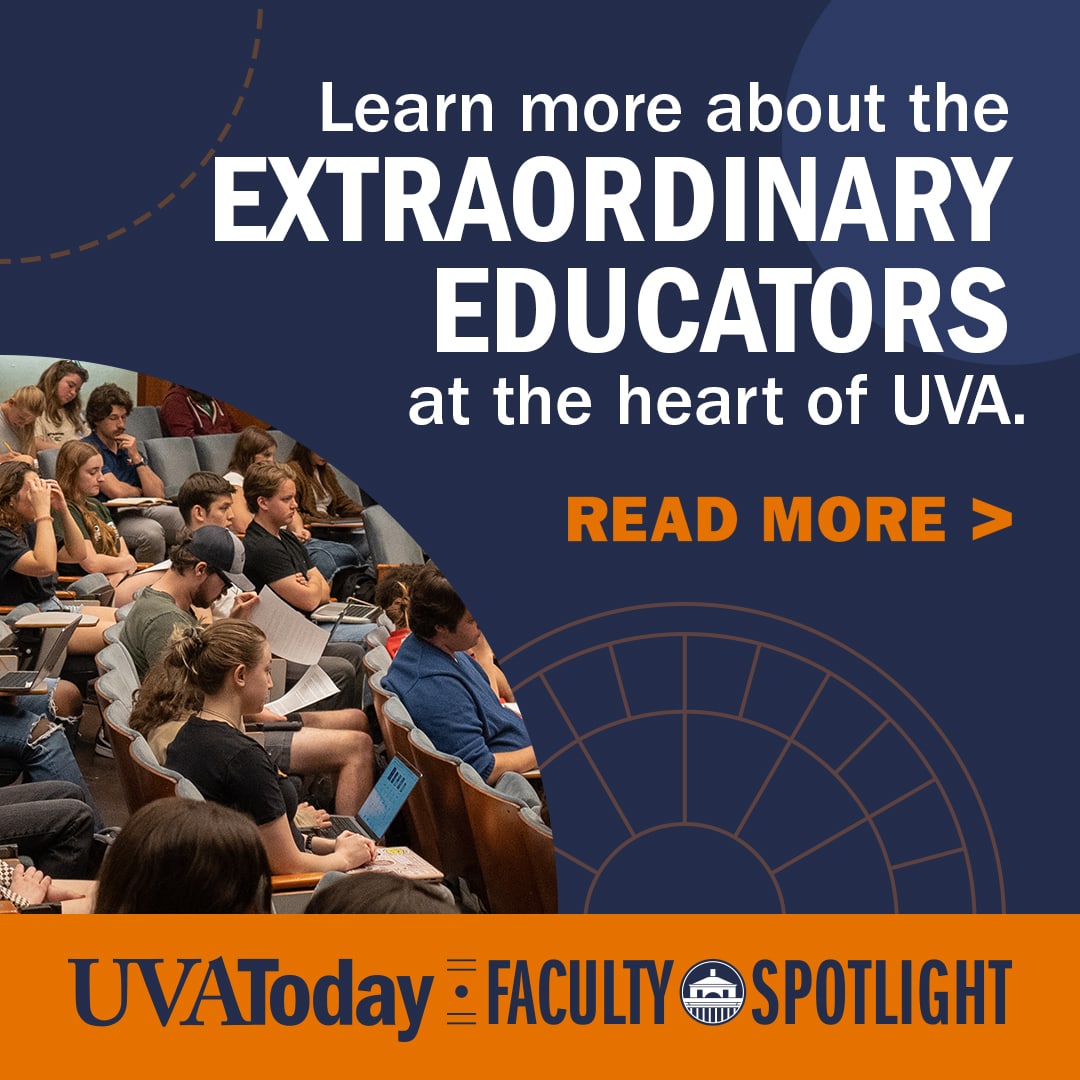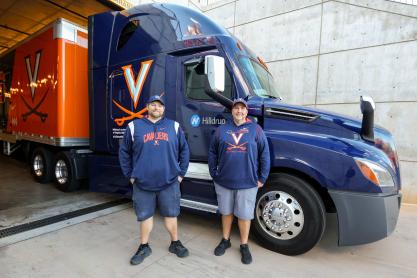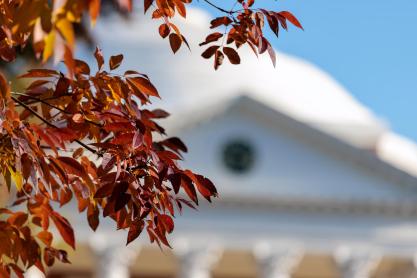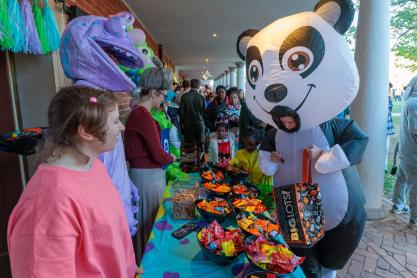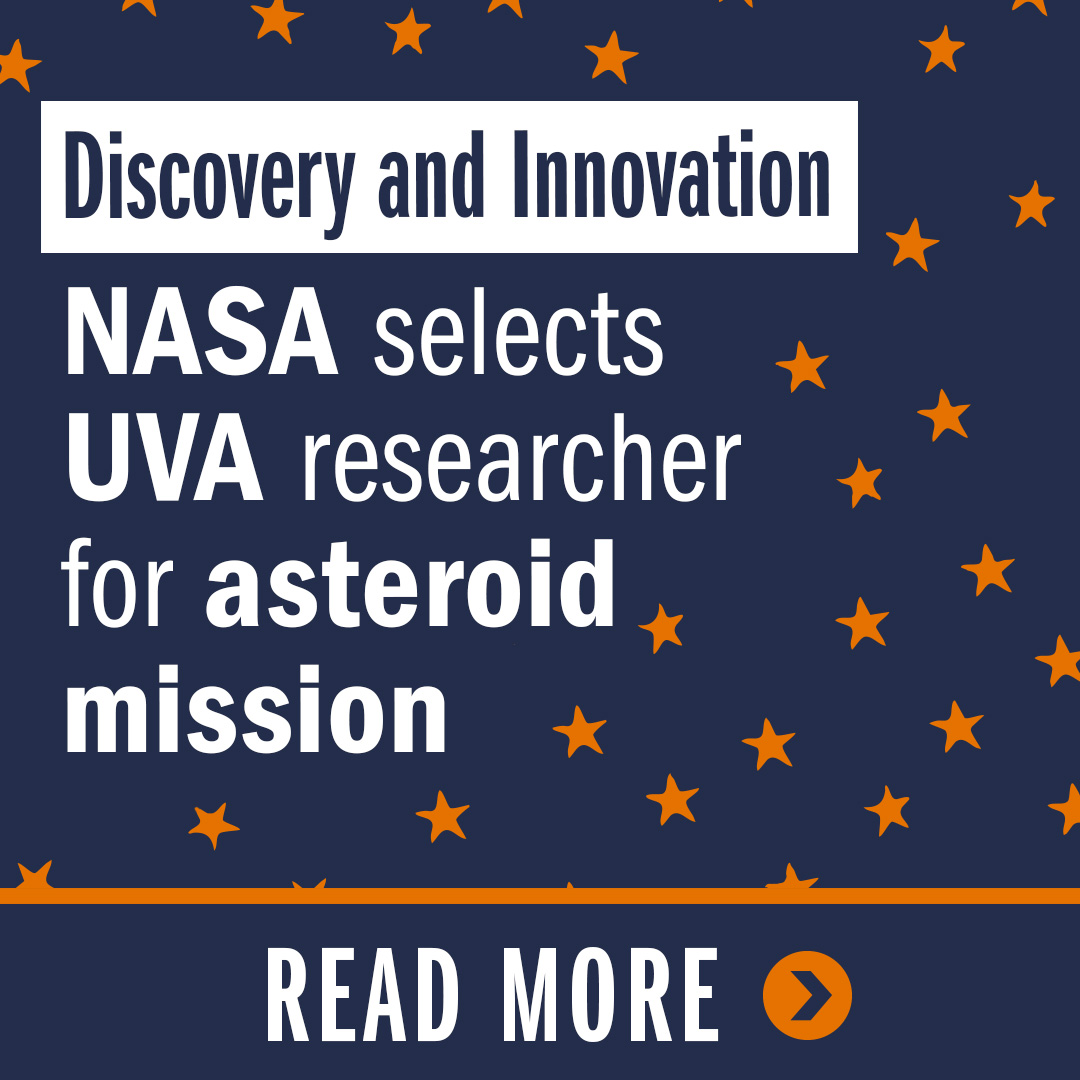Kevin Omohundro wants University of Virginia students trained as first responders to be the first to respond to student medical emergencies.
Omohundro, a fourth-year biochemistry major, and Dr. William Brady, a professor of emergency medicine, have received a $254,000 grant from the Jefferson Trust to create a student-run emergency medical service on Grounds, operating under UVA’s Department of Safety and Security.
Omohundro, who volunteers as an advanced emergency medical technician with the Lake Monticello Volunteer Rescue Squad, envisions 40 to 60 students certified as EMTs and gaining experience as part of the service. He said many trained students are on waiting lists for local rescue squads.
“There are dozens of student EMTs on Grounds, many of them with experience, with multiple already expressing interest in volunteering with our initiative as we move forward,” Omohundro said.
While Charlottesville Fire Department and Charlotteville-Albemarle Rescue Squad currently serve Grounds, Brady said the on-Grounds service would add another layer of safety.

Left to right, Dr. William Brady, a professor of emergency medicine; Kevin Omohundro, a fourth-year biochemistry student; and Timothy Longo, associate vice president of safety and security and chief of the University Police Department, work out details for a student-run emergency medical service on Grounds. (Photo by Matt Riley, University Communications)
“UVA EMS would definitely cut down response times in terms of safety,” Brady said. “Even two minutes could mean life or death in those certain situations. In cases such as cardiac arrest or other significant, time-sensitive emergencies, two, three, four minutes might make the difference between a good outcome and a not-so-good outcome.”
The student EMS plans call for an SUV outfitted with basic life support equipment, housed on Grounds in a facility where on-shift students would be stationed to respond quickly.
“We’re going to respond to the call, and a local ambulance is also going to be dispatched,” Omohundro said. “The responding ambulance would transport the patient to the hospital after we work together to stabilize them.”
Amy Bonner, director of grants for the Jefferson Trust, said the trust responded because it is a student-driven project.
“One of the things that interested trustees about the EMS project is that it was undergraduate students who identified the need, crafted the plan and secured interest and support from the University,” Bonner said. “The official applicant on the project is the head of the UVA Department of Safety and Security, who will oversee and advise the students, but those students are the heart of the project.”
As the program evolves and the initial volunteers move on, new students would be trained.
“We’re currently not planning on holding our own EMT class,” Omohundro said. “There are a lot of EMT classes in Charlottesville that we’d just direct people to.”
